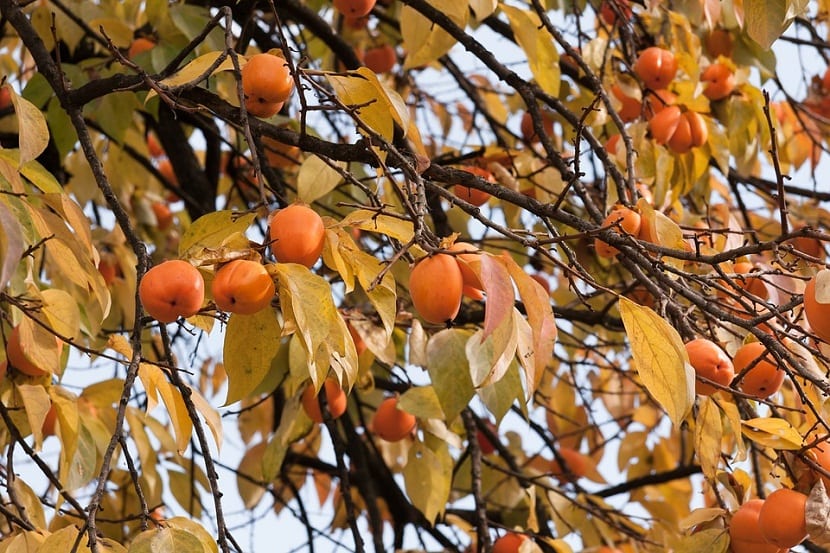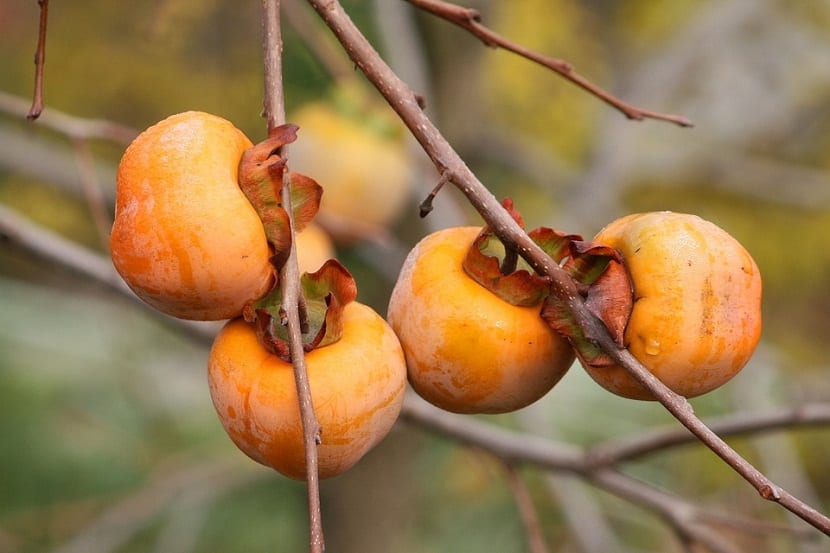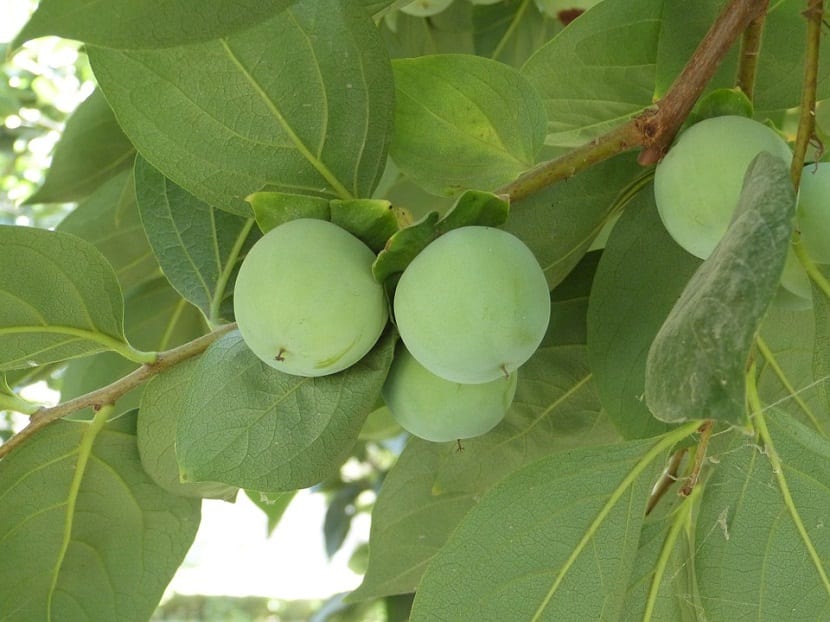
The kaki, with a scientific name Dyospiros KaKi Thunb and in the best conditions for its cultivation, it has a great amplitude, some of these specimens can reach more than 10 meters high.
The most important practice that must be carried out in order to maintain the vigor of this tree regulated, achieve a better luminosity in its internal part, reduce what is the physiological fall of the fruits, achieve a greater harvest as well as an excellent quality for the following year, it is the fact perform a pruning.
Pruning the persimmon

With the fact of carrying out a pruning, the objective is to be able to achieve that trees are formed that have a low productivity area, a medium area, which is where the greatest amount of production is found and an area that is higher, much more recovered and with greater productivity.
The persimmon, contrary to what happens with other fruit trees in which it is not very convenient to leave the stump at the time of cutting, it is left a small stump that measures between two to about five centimeters, since wounds tend to contract.
Pruning training
If what we have planted is a seedling or in its difference a stick and for the first winter, pruning simply has to be reduced by just cutting the seedling until it reaches the height we wantIn order to of this cut that we have made, some primary branches are produced some time later.
For the second winter, we have to choose between 3 or 4 branches of which have grown throughout the year, while we remove all the others. The three branches that we have selected will become the primary branches, we have to cut them leaving two thirds of their entire measurement.
For the third winter, the tree will have had the development of the secondary branches as well as the twigs above the primary ones. If when we buy the tree it is already at this point, in the same way we have to prune it leaving two thirds. If we don't, it is a task that we have to do for the following year. For the rest of the small branches, we only have to leave two buds and cut the remaining ones.
Pruning for fruiting and maintenance

For the arrival of summer, we have to remove each of the hickeys, which, as we already have in mind, are shoots that have a vertical growth, full of strength and vigor.
For the winter we have to remove the branches that are broken, dead or otherwise diseased. We have to remove, if we observe any, branches that are intertwined or that in their difference collide. Likewise, also those that have a growth towards the center of the Kaki, which are closing the glass since later they will prevent the sunlight from entering correctly.
We have to make cuts above the branches and they already have too long growth. To be able to do this, we have to cut each of the branches in question, cutting at all times over one of the branches that is well positioned, so that it becomes the final part of the branch that we have previously pruned.
On the other hand, we do not have to prune those twigs that are still youngBecause kaki is a tree that has the capacity to produce on top of the log throughout the year, which in other words means that it has the capacity to produce on them.
If you heed our advice and pamper your Kaki, you will enjoy a tree for many years.